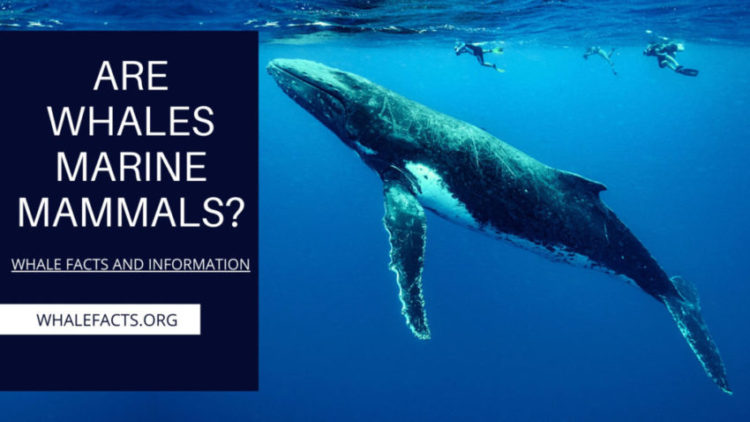

As a result, these large animals are referred to as marine mammals.
The blue whale is the largest living mammal (and animal species) on this earth.
In terms of size, the blue whale can grow to over 90 ft. long and weigh more than 150 tons.
Compared to the blue whale, the smallest known mammal in the world is the bumblebee bat.
The bumblebee bat measures 1 – 1.5 inches long and weighs 2 grams.
Like land mammals, whales possess several characteristics that are necessities among the many mammalian species.
Note: Although most mammals give birth to their young, there are a few exceptions, such as the platypus and echidna, which are also mammals but are known to lay eggs. As a whole, there are currently over 5,000 known mammal species alive today.
Believe it or not, the ancestors of whales were land mammals.
However, throughout millions of years, whales have slowly evolved from living on land to inhibiting the ocean.
It helps explain why whales are warm-blooded, give birth to there, and require air to survive rather than being born with qualities similar to fish and amphibians.
Nevertheless, whales still carry signs of their land-dwelling past in their bone structure.
For instance, the bones in a whale’s fins indicate the existence of limbs that were believed to have once been used for hunting, survival, and traveling on land rather than swimming in the water.
In addition, a close examination of the bones in their fins shows individual digits that may have helped their ancestors walk, grab objects, and fight.
The same mammalian design can also be seen on the whale’s back. Again, the vertical movement of their spine indicates a body that was more likely used for running on land rather than swimming in the ocean.
But, again, this is a direct comparison to the bone structure of a fish, which historically appears to have been developed primarily for swimming.
This point is further illustrated when observing the differences in swimming styles between whales and fish.
When a whale swims in the water, it propels itself by arching its back up and down while using its flukes to move forward.
On the other hand, fish and sharks move from left to right to travel through the water.
In addition to whales, several other animals are considered marine mammals.
When it comes to the cetacean family, whales, dolphins, and porpoises are considered part of this grouping as they share many of the same physiological and evolutionary traits with one another.
However, the cetacean family excludes marine mammals such as seals and walruses.
To recap, both land and marine mammals share several characteristics required to be considered a mammal.
Some of these characteristics include the following:
Even though they are both animals and share the ocean, there are many distinct differences between aquatic animals like fish and marine mammals such as whales.
Fish have gills that allow them to pull oxygen through the water using a gas exchange method.
To extract oxygen, fish pull water into their mouth and run the water over their gills to remove the oxygen from the water.
The oxygen is then distributed to its vital organs through the fish’s bloodstream.
Depending on the species, the blood may flow in a counter-current direction to maximize the use of oxygen.
Another significant difference between fish and mammals is that fish produce eggs rather than carrying their young in a womb.
For aquatic animals such as fish, this is an integral part of their survival, as fish can lay hundreds or thousands of eggs in a signal year.
Since marine mammals such as whales can consume large quantities of fish daily, the fish need to be able to produce enough offspring to continue thriving in the ocean.
If fish were to give birth to their offspring and carry their children internally, they would not be able to produce nearly enough offspring to pass on their genes.
So, while many factors differentiate fish from marine mammals, we’ll give you one more example of the distinct differences between these two types of animals.
Unlike whales, fish are primarily cold-blooded animals.
Being cold-blooded allows fish to adjust to the temperature of their outside environment rather than developing body fat and eating large quantities of calories to keep themselves warm.
This allows fish to consume fewer calories to survive, and the lack of body fat/blubber will enable them to stay slim and remain highly mobile in the water.